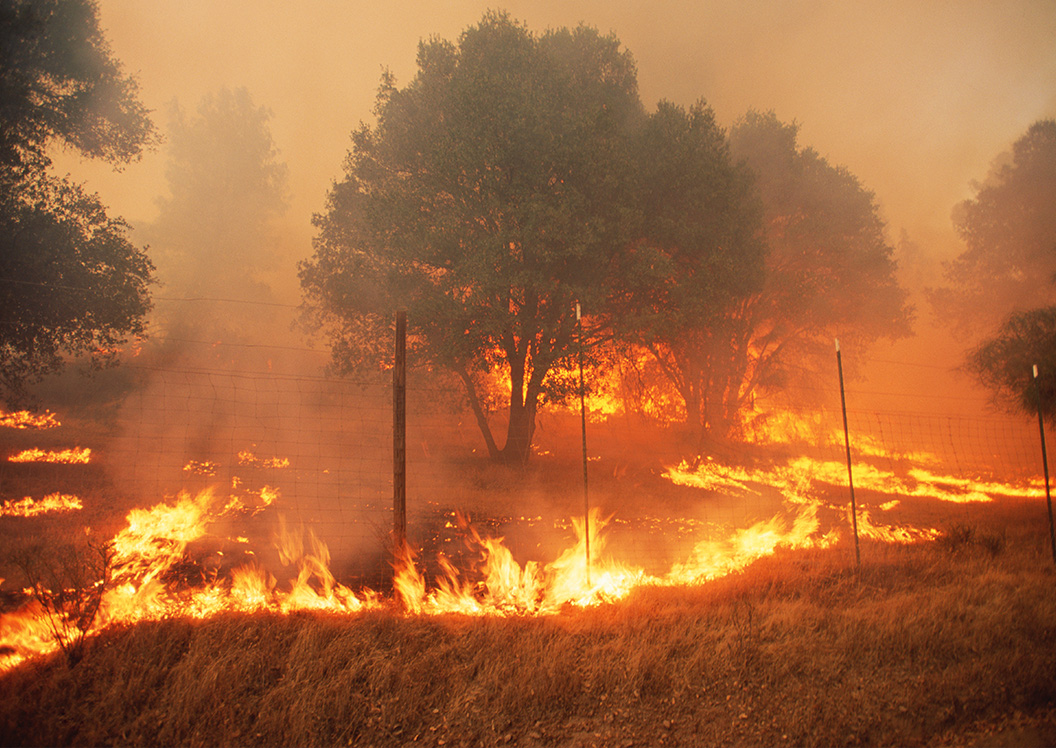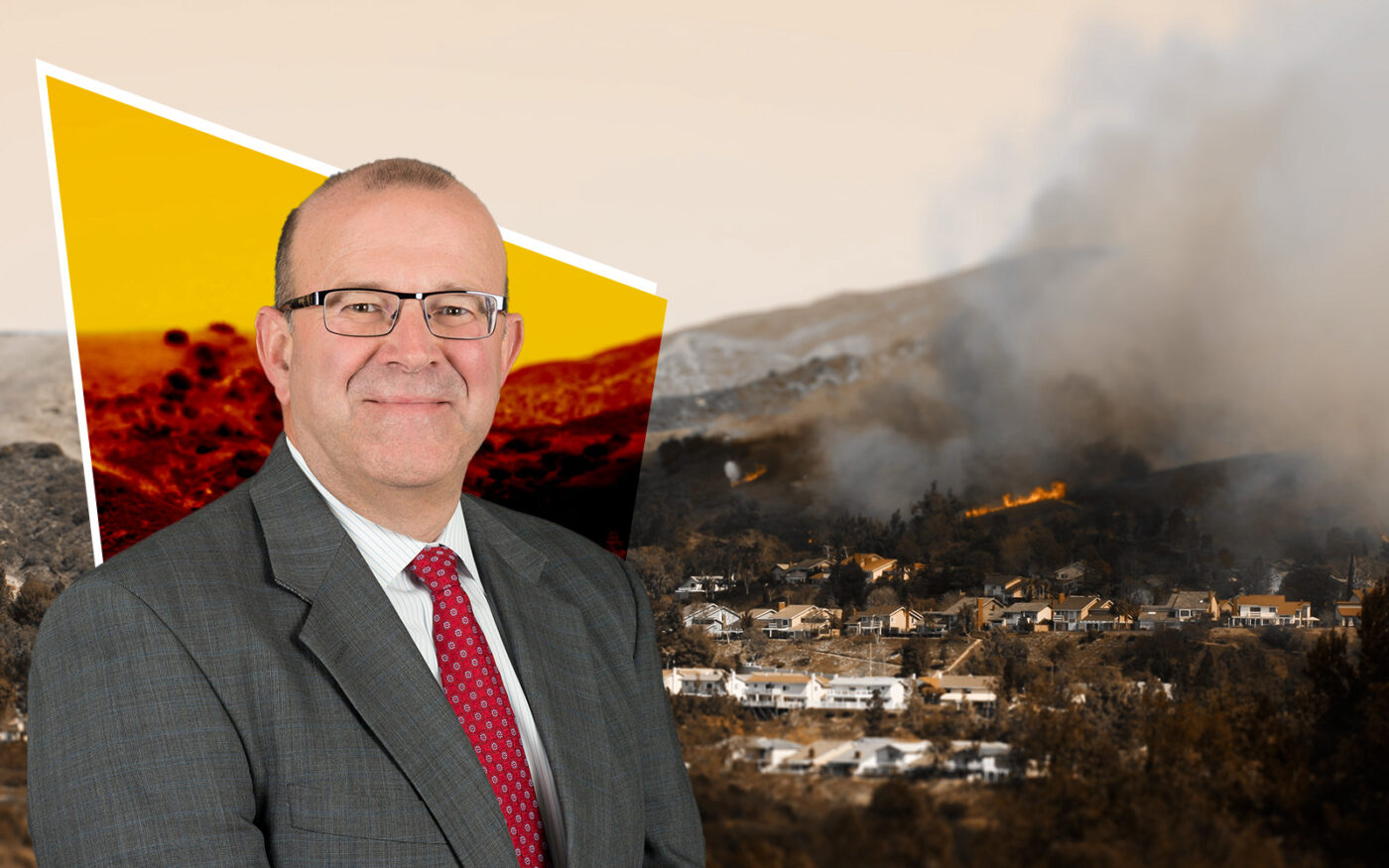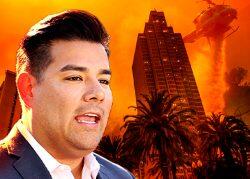
Trending
 What’s going on with Ryan Serhant’s Central Park Tower penthouse listing?
What’s going on with Ryan Serhant’s Central Park Tower penthouse listing? Another woman alleges Oren Alexander raped her in New York
Another woman alleges Oren Alexander raped her in New York Spec mansion above Malibu’s Billionaire’s Beach goes for $32M
Spec mansion above Malibu’s Billionaire’s Beach goes for $32M Investors scoop up dev site near Pompano Beach casino for $29M, amid near record South Florida multifamily pipeline
Investors scoop up dev site near Pompano Beach casino for $29M, amid near record South Florida multifamily pipelineState Farm pause in home policies could involve more than wildfires
Reserves requirement may put financial pressure on insurer to slow growth

There may be more to State Farm Insurance’s pullback from the California homeowners insurance market than wildfire risk.
The Illinois-based company’s move may reflect other considerations, from applying political pressure to staying on the right side of financial regulations, the Los Angeles Times reported.
When the 101-year-old insurer announced in May it would stop writing new homeowners insurance policies in the state, it cited “historic increases in construction costs,” “rapidly growing catastrophe exposure and a challenging reinsurance market.”
It also said the pause would “improve the company’s financial strength.”
But there’s a more complicated calculus, according to the Times. State Farm, the largest insurer in California for decades, has added more homeowners in high fire-risk zones.
As other insurers abandoned the Golden State, State Farm saw its market share grow to 21.2 percent, from 17.8 percent in 2018, which added more than $1 billion in premiums to its books.
In the face of regulatory headwinds – including Proposition 103 and the other state regulations against raising premiums – State Farm spent the last five years diving deeper into California’s market. The company is now sticking with the high-risk properties it signed since 2018, and has explicitly committed to renewing its existing policies.
Consumer advocates suspect that the political impact of the State Farm announcement is as significant as the business logic behind it.
“The idea that their decision is because they’re not getting the rate increases they want, that’s really not true,” Amy Bach, executive director of consumer advocacy group United Policyholders, told the Times. “It’s a convenient excuse to blame the commissioner and blame Prop 103 and blame the rate-making process.
“But it’s really more complicated than that,” she said, and could have as much to do with a bad year on the stock market hurting the company’s investment income as California’s fire risk.
Rex Frazier, president of the Personal Insurance Federation of California, an industry group, admits that State Farm’s move can’t be entirely explained by mispriced wildfire risks.
The mention of rising construction costs, he says, implies a different possible explanation for the pause.
The price of building materials and labor spiked in the last three years, which has prompted homeowners to raise their insurance coverage.
The homeowners insurance market in California has risen from $8.2 billion in premiums in 2018 to more than $12 billion today, with State Farm’s share rising from a little under $1.5 billion to more than $2.5 billion, largely on the back of rising construction costs.
Frazier said that this jump might put State Farm in a financial bind. Insurance companies, like banks, must keep a certain amount of cash on hand to make good on claims from a disaster.
State Farm can’t dip below $458 million in reserves as a baseline, and would trigger higher scrutiny from regulators if its surplus fell below three times that, or $1.37 billion, according to the latest filings in late 2021.
Its latest reported surplus of $1.98 billion is well above that but marks a sharp drop from $2.3 billion in surplus in 2021.
A growing book of business, a year of large losses, and rising reinsurance costs or other financial factors during volatile financial markets could all, theoretically, mean that the company is edging toward those capital limits, according to the Times.
In this scenario, State Farm has gotten ahead of itself, growing its business beyond its capacity to fund it.
— Dana Bartholomew
Read more



